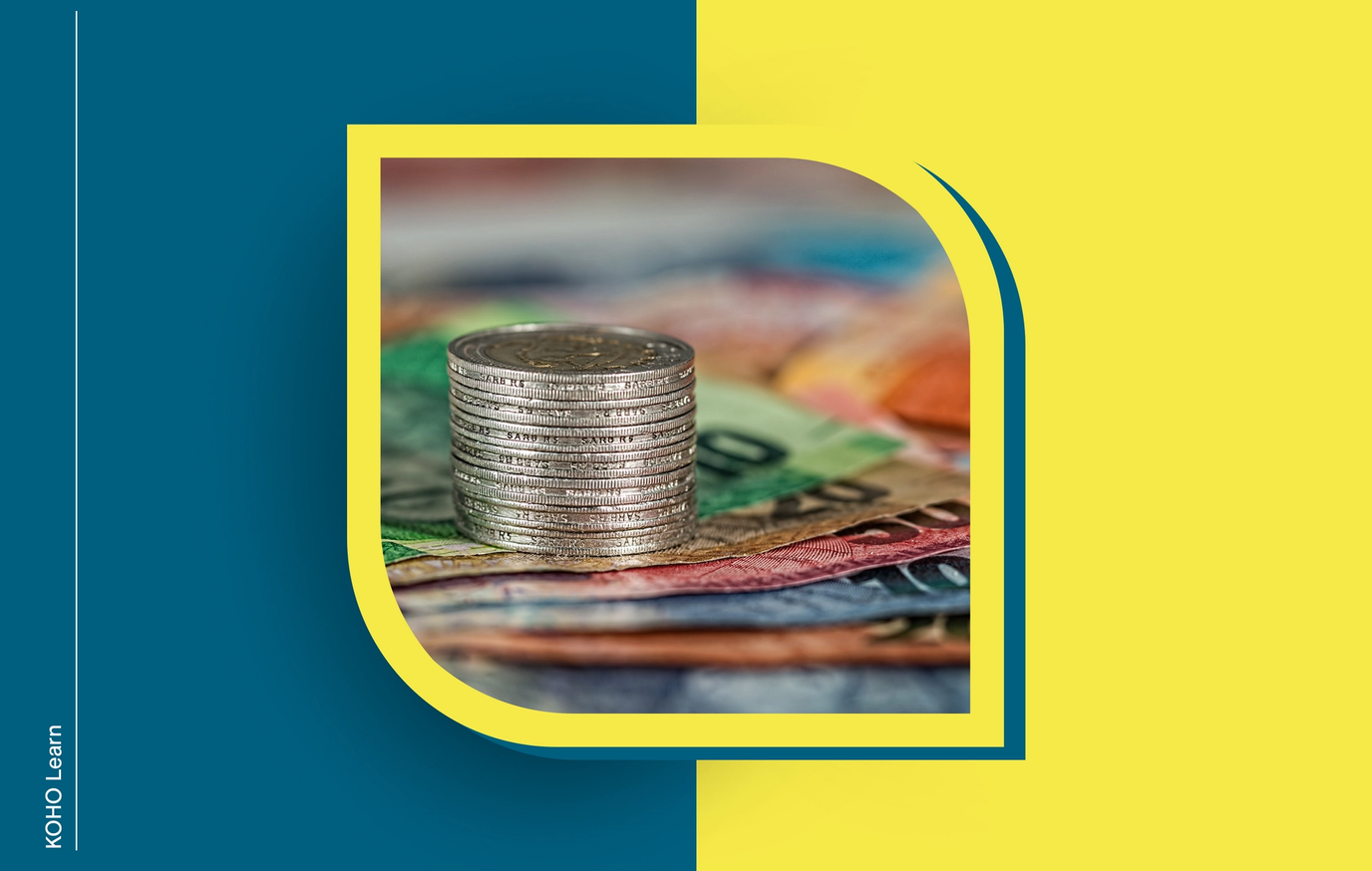
Using a credit card is a great way to build credit over time. To ensure your transactions don't affect your credit score, you'll need to manage your monthly balance and make regular, on-time payments. If you're new to credit cards and don't know how to check what your balance is and what your statement entails, stick around as we unpack this information below.
What is a credit card balance?
Each time you use your credit card to make purchases, you accumulate a balance--the money you borrowed, plus interest charges and any fees, which is now owed back to your credit card issuer. As you make payments toward your credit card balance, the number you see on your statement will decrease and continue to fluctuate throughout each month, depending on how much you use your credit card for purchases and whether you can pay off the balance entirely.
How can I check the balance on my credit card?
So, how can you check your credit card balance? One of the easiest ways to access this information is to use your online banking portal connected to your credit card. For those who have credit cards with their bank or credit union, this information is often listed in your online banking app.
Simply log into your banking app or online portal, click on the credit card account you'd like to preview, and you'll be directed to a page that lists your current credit card balance.
What is the difference between a statement balance and a current balance?
Current balance vs. statement balance, what's the difference? When looking at your credit card statement, there are going to be a couple of different balances listed on your online portal or a physical copy of your bill. Knowing the differences between the two will help you stay on top of your payments and use your credit card responsibly:
Statement balance
A statement balance is the amount of money you owe to your card issuer following each billing cycle. A typical billing cycle spans between 28 to 31 days, depending on the number of days in each month.
Current balance
The current balance on your statement reflects the total charges you have on your credit card. This amount may include both your statement balance and any extra purchases you've made, which is why your statement and current balance can be different, as it will fluctuate throughout the month.
Minimum payment
Lastly, the minimum payment is the total amount your card issuer requires you to pay to avoid non-payment fees. Non-payments can impact your credit card account standing and potentially be sent to bureaus, later leading to an impact on your credit score. To avoid interest charges, late fees and other additional costs, pay off the entire balance of your credit card by the due date if possible.
How is my credit card balance calculated?
Your credit card balance comprises several different charges including:
Transactions
Interest
Fees
Balance transfers
Each time, you get a cash advance during your billing cycle.
Is it okay to carry a balance on your credit card?
As a rule of thumb, having a zero balance on credit cards is ideal, given that it means your debt is low, you do not owe anything on your card, and you're avoiding interest. But for many in Canada, having no credit card balance at the end of the month isn't realistic at the moment, and that's okay.
At the very least, you should try to make your minimum payments each time your due date comes around.
How are credit card interest charges calculated?
Now, you may be wondering how your credit card interest is calculated on your balance. Essentially, your card interest is calculated using your balance, the annual percentage rate (APR) on your card, and how long your bill cycle is.
To calculate interest on your own, you'll need to do the following:
Divide your APR by 365 days to get the Daily Periodic Rate (DPR). This represents how much interest you're charged each day in your cycle.
Add the remaining balances on your credit card for each day in your cycle, then divide the sum by the number of days within your cycle. This will give you your Average Daily Balance (ADB).
Next, multiply the daily period rate by the average daily balance to calculate your daily interest charge.
Lastly, multiply the daily interest charge by the number of days in your cycle. This will give you the total interest charge for that cycle.
When should I pay my credit card balance?
When to pay your credit card bill depends on your personal finance strategies. For example, some Canadians like paying off their balance regularly throughout the week, while others prefer to wait until their due date.
You can also use a strategy known as the 15/3 method, which basically requires you to pay a portion of your card balance 15 days before your statement date. Then, you'd make a second payment three days before your statement date. The idea behind this, and what some people believe to be true, is that making two separate payments on your account can help improve your credit score. However, the only information sent to bureaus is whether you made your payment on time and what your credit utilization ratio is.
Will a high credit card balance impact my credit score?
Yes, a high credit card account balance can hurt your credit score, especially if you have other personal loan debts. What it really comes down to is your credit utilization ratio. A credit utilization ratio represents the total amount of debt you have relative to your account limits.
So, the higher your credit utilization ratio is, the more it could mean that you're relying too heavily on credit, which could impact your score. Ultimately, you want to keep your utilization ratio at around 30% or lower.
Unsure what your current credit score is? Get a free credit score check and build your credit with KOHO by applying for a virtual credit card.
How to manage credit card debt
Having large amounts of credit card debt can be stressful, especially given high interest rates. Luckily, there are ways you can manage your debt and get better at budgeting your plans for spending and saving.
SPEND SMARTER. SAVE FASTER
Consider a balance transfer
A balance transfer occurs when you move the balance of one credit card to another. Balance transfers can be offered as a promotion through your bank or credit union. By getting a lower interest rate, you can lessen the amount you owe on top of your debt.
Look into a debt consolidation loan
Alternatively, you can apply for a debt consolidation loan. This type of loan can be used to pay off your high APR credit card debt at a lower rate, making it easier for you to manage monthly payments.
Contact your credit card issuer
In some instances, you may also be able to contact your credit card company directly and speak to them about lowering your interest while coming up with a repayment plan. They can also extend your due date at times, making it a little less stressful when coming up with the money to pay off your bill.
Why do credit card companies send your payment information to credit bureaus?
So, why do credit card companies report to credit bureaus? It all comes back to your credit score. Your credit score is a three-digit number that ranges from 300 to 900. This score determines your creditworthiness. The higher your score, the more creditworthy you are to future lenders, allowing you to access higher credit limits, lower interests, and apply for a mortgage, should you wish to own a home.
The score you have is made up of numerous factors, one of which is your ability to make your payments on time each billing cycle, which increases your score, while your non-payments lower your score.
The bottom line
At KOHO, we help Canadians manage their finances, build credit, and streamline their financial future with thoughtful financial products they can customize to their needs. Whether you're looking to open a high-interest spending account for a guaranteed return on the money you save or a credit card with overdraft protection coverage for added peace of mind when money is tight, know that KOHO has something for you.
We're also a free information hub! Learn more about credit reports and what's included in them, how to understand your credit report in general or brush up on other financial literacy topics by taking advantage of our online resources available at home and when you're on the go!

About the author
Niki is a communications specialist with years of experience as a freelance and marketing agency content writer. With a knack for storytelling, Niki enjoys working with businesses from diverse industries to craft engaging content that resonates with target audiences worldwide.
Read more about this author